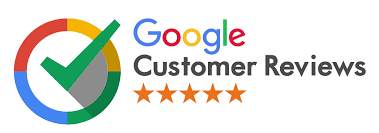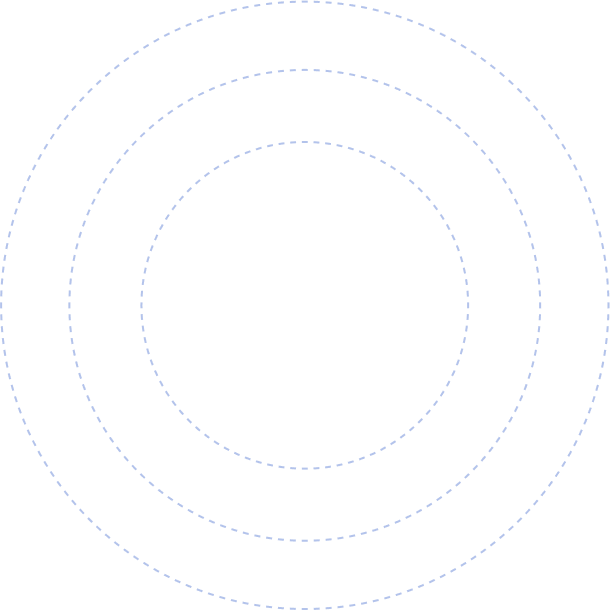Understanding the Purpose of a Cover Letter
A cover letter accompanies your CV or resume when applying for a job. Its purpose is to introduce yourself to the potential employer, explain your interest in the position, and highlight your qualifications and experience that make you the best fit for the job. The cover letter should not simply restate the information on your CV or resume; rather, it should add value to your job application.
Pre-Writing Preparation
Before you begin writing your cover letter, you need to do some pre-writing preparation. This includes researching the company and the position you are applying for. It is important to understand the company’s values, goals, and mission statement, as well as the skills and experience required for the job. This information will help you tailor your cover letter to the job and the company.
Formatting and Structure
A cover letter should follow a specific format and structure. It should be no more than one page long and divided into three or four paragraphs. The cover letter should be written in a professional tone, using clear and concise language. Use a font that is easy to read, such as Times New Roman or Arial, and keep the font size between 10 and 12.
Writing the Opening Paragraph
The opening paragraph of your cover letter should be attention-grabbing and engaging. It should briefly introduce yourself and explain the purpose of the letter. Start by stating the job you are applying for and how you found out about it. You can also mention any mutual connections or shared interests you have with the company.
Body Paragraphs
The body paragraphs of your cover letter should highlight your qualifications and experience that make you the best candidate for the job. Use specific examples to demonstrate your skills and experience. Make sure that the information you provide is relevant to the job and the company. It is also important to use keywords and phrases from the job description in your cover letter to show that you are a good fit for the job.
Writing the Closing Paragraph
The closing paragraph of your cover letter should be strong and memorable. It should summarise your interest in the job and your qualifications, and express your enthusiasm for the opportunity to interview for the position. You can also mention that you will follow up with the company to discuss the job further. Make sure to thank the potential employer for considering your application.
Editing and Proofreading
Before submitting your cover letter, make sure to edit and proofread it carefully. Check for any spelling or grammatical errors, and ensure that the letter is well-structured and easy to read. You can also ask someone else to review your cover letter for feedback.
Cover Letter Examples
To help you get started, we have provided some cover letter examples below:
Example 1: Entry-Level Job Application
Example 2: Career Change Application
Example 3: Experienced Professional Application
Conclusion
Writing a cover letter can be a daunting task, but it’s an essential part of the job application process.
A well-crafted cover letter can help you stand out from other applicants and land your dream job. By following the tips and guidelines provided in this article, you can create a compelling and professional cover letter that showcases your skills, experience, and passion for the job. If you need further assistance, UK-Assignments can provide expert cover letter help to ensure that your application stands out.










